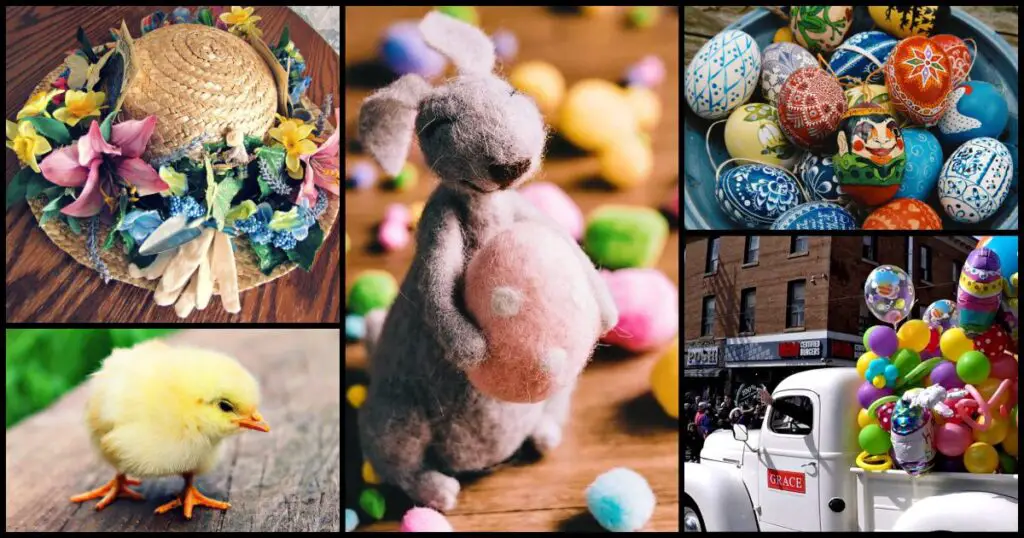
Easter is a holiday celebrated today by the Christian church. It normally falls on after the spring equinox. The first Sunday after the first full moon following the equinox is when Easter is held, so the date changes every year. In Christianity Easter celebrates the resurrection of Christ after he was crucified. Easter did not begin with Christianity, though. Ancient civilizations celebrated the spring equinox and the days that followed. Some of the symbols of modern-day Easter can be traced to ancient symbols.
Easter egg
Symbol of rebirth and fertility.
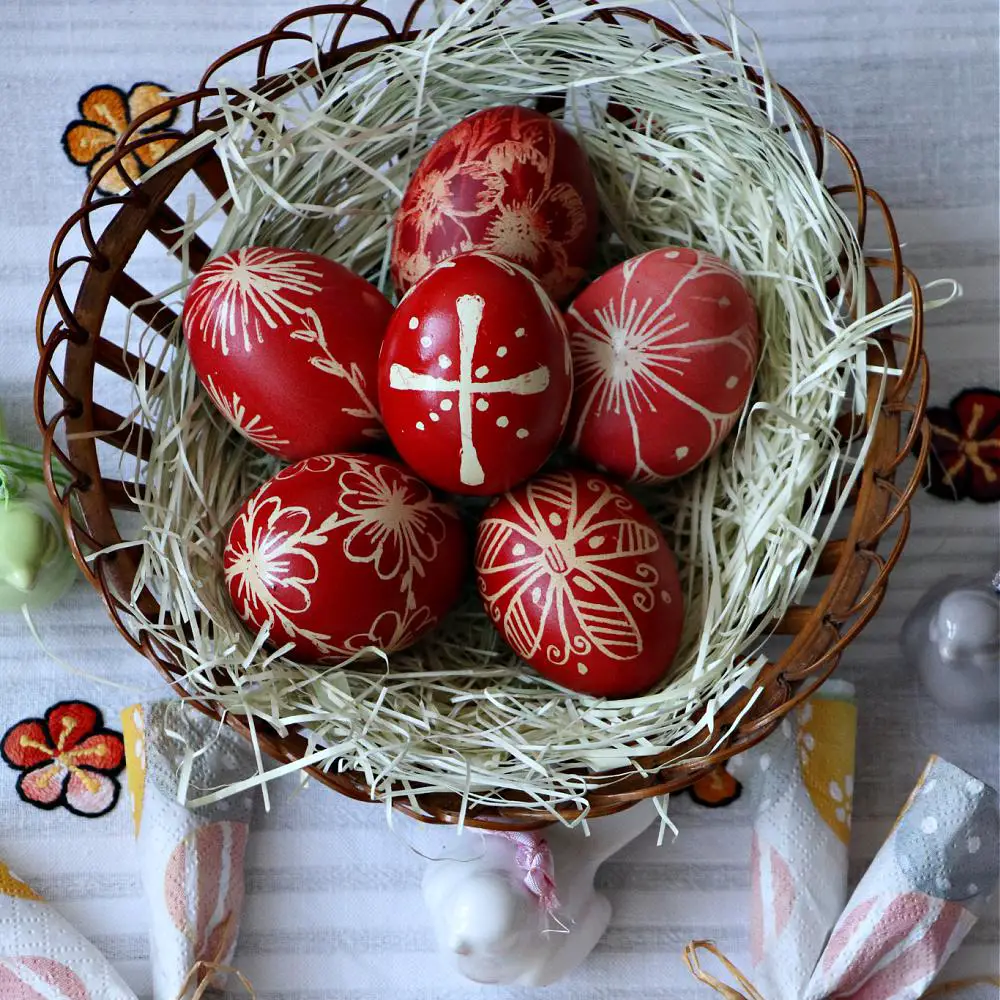
The Easter egg is a symbol of Jesus emerging from the tomb in Christianity. Around the first century, Christians in Mesopotamia dyed Easter eggs red to remember the blood that Christ shed while hanging on the cross. They also dyed eggs yellow and green. Yellow symbolizes the sun and green symbolizes grass and fertile lands. Eggs are an ancient symbol of fertility and pagans used them in their spring fertility festivals. Pysanka eggs were dyed by Ukrainians before Christianity. They dyed eggs in celebration of their sun god Dazhboh. Birds were considered Dazhboh’s chosen creatures as they could reach the sun and speak to him. Their eggs were considered a blessing from him. They were colored in spring to signify nature’s rebirth. According to most ancient civilizations, the world was hatched from an egg. An egg symbolizes civilization along with a new birth.
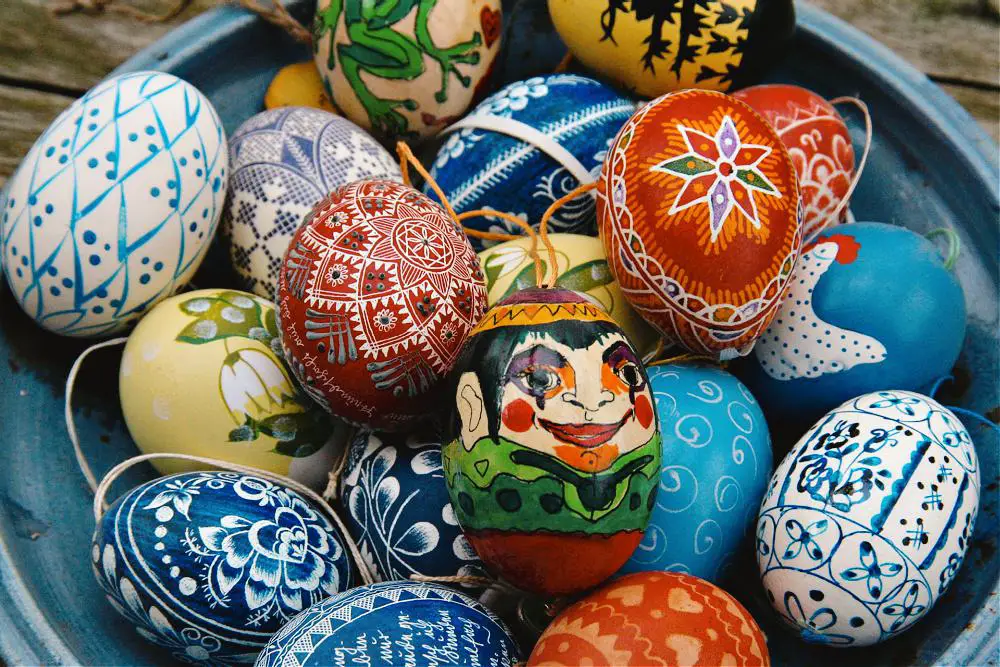
Easter
Symbol of rebirth, renewal, radiant dawn, fertility, magic.
The name Easter is derived from the goddess Ostara. Ostara was a fertility goddess. Ancient Germanic civilizations worshiped her and held a feast for her in April that lasted many days. Because she was associated with spring it is believed that Christians took her name and changed it to Easter. While the name Easter is associated with rebirth, Ostara was more aligned with fertility and the radiant dawn. Springs and rivers were considered magical during the spring celebration for Ostara.
Easter Bunny
Symbol of happiness, fertility, and carnal desires.
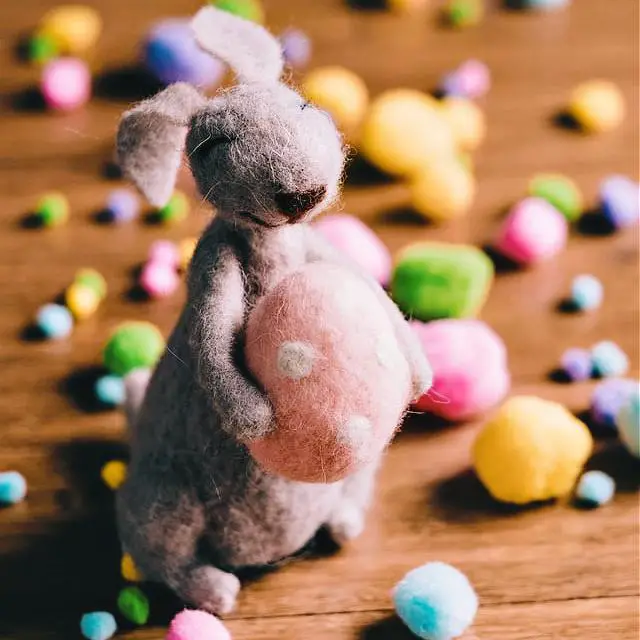
In modern times the easter bunny delights children by hiding eggs the night before Easter. The hare was the symbol for Ostara. Ostara came across a bird with a wounded wing. She helped it back to life and turned it into a hare so it could outrun hunters. She also gave the hare the ability to lay colored eggs. Because the hare took on too many lovers, she cast him into the heavens. Once a year, in spring, he returns and hides his colorful eggs during the festival of Ostara. In the ancient Celtic region, they worshiped the goddess Abnoba from 500 BC to 500 AD. She was a forest and river goddess whose spirit animal was the hare. She is a goddess in the Celtic pantheon. The hare was an important part of their spring festival. Hares represented fertility and sustainability. Freya, a Norse goddess, was also associated with hares. Hares carried her lights which helped bring the dawn. Freya was associated with fertility and spring. The Greek goddess of love, Aphrodite considered hares to be sacred. Hares were given as gifts to wives from husbands and to barren women to help them conceive. Hares were considered magical creatures.
Easter Candy
Symbol of abundance and breaking fast.
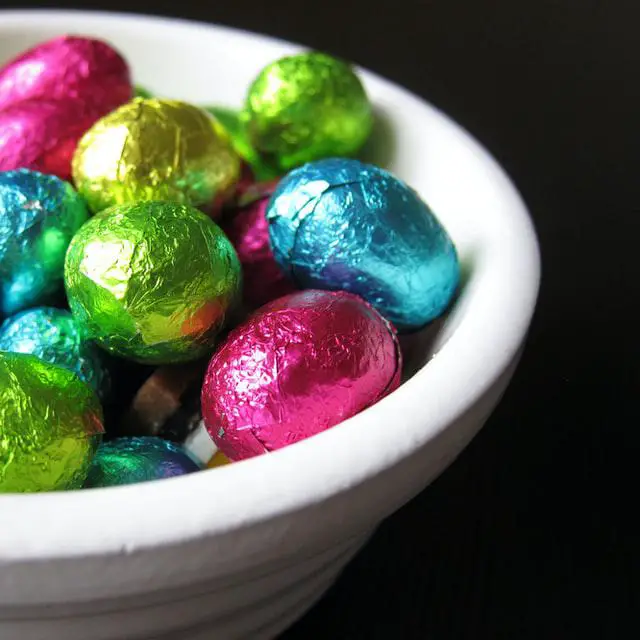
During Lent, the season before Easter, many people fast. When Easter hits, the fasting is over and it is time to celebrate by eating meats and candies. While some candies, such as candy eggs have ties to symbolism, most candy is just a representation of breaking the Lenten fast. Of course, Lent is the forty days before Easter. Before Christianity, the time of Lent would be a time of no crops. People would have to use up what they had harvested in the fall. Sometimes this caused people to not eat as much. Come springtime, the crops were starting to come in and people could eat more food.
Easter Lilies
Symbol of purity, fertility
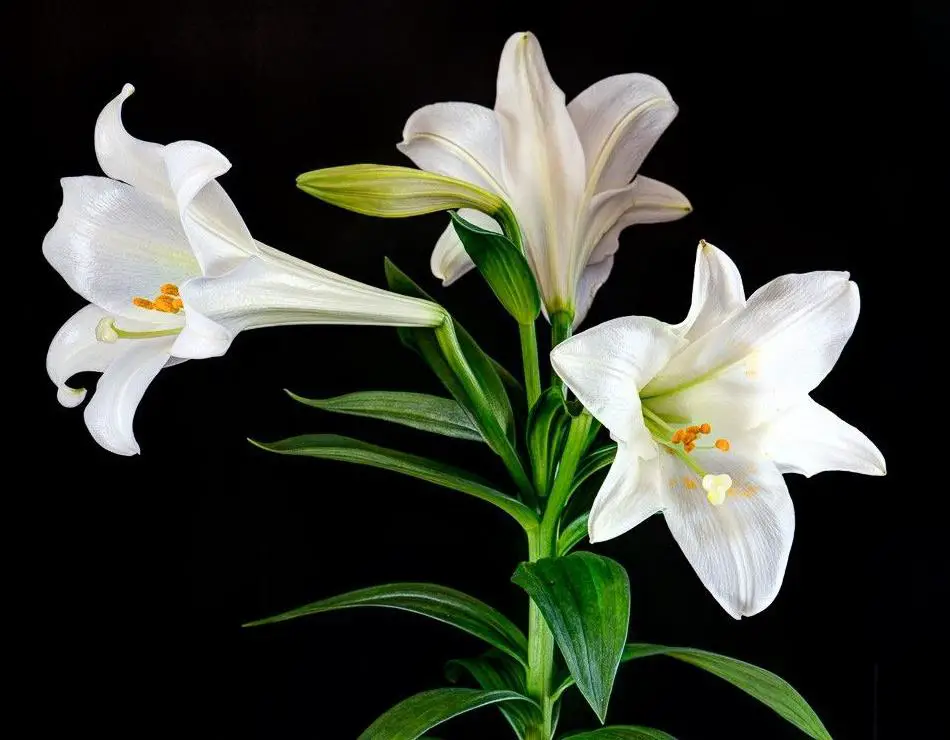
The white Easter Lily symbolizes the purity of Christ and the Virgin Mary. It is dormant until spring when it bursts out of the ground and blooms a brilliant white. It was believed that lilies sprouted from the blood Christ shed when he was crucified. Lilies also symbolized rebirth and motherhood in ancient Greece. Hera, the wife of Zeus, created the lily from her breast milk. The lily represented purity and fertility in ancient Greece. The Roman goddess Juno impregnated herself by taking the form of a lily, thus maintaining her purity.
Easter Parade
Symbol of excess, debauchery, lecherousness.
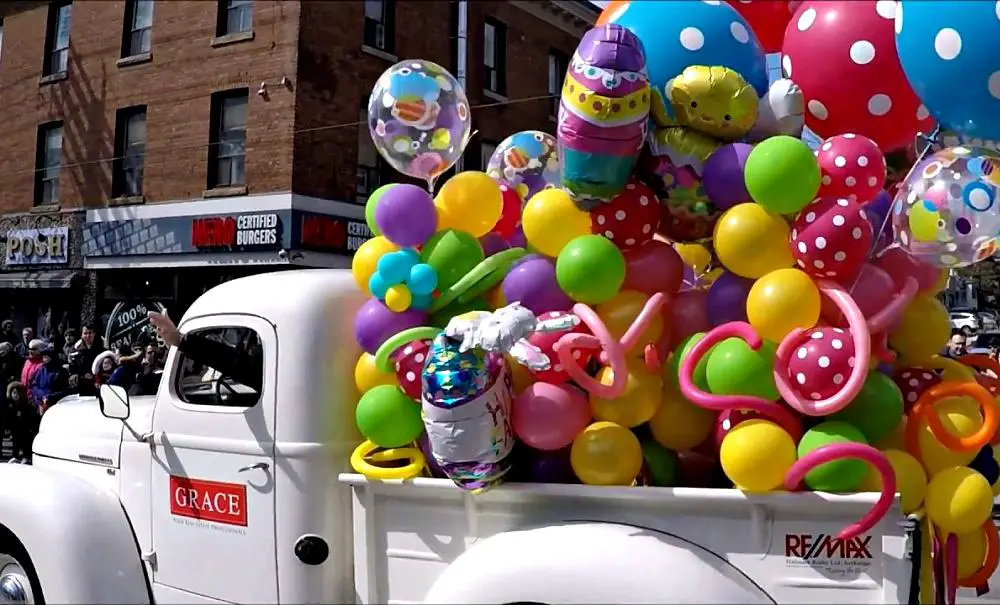
The annual New York City Easter parade first started in the 1800s. People would go to church on Easter Sunday and then parade around the city in their best attire. People who did not have as much money would line up and watch this parade. In ancient Greece, the Festival of Dionysus was held in March. There was a parade into Athens. A large statue of Dionysus was carried into the city and people surrounded the statue waving phalluses. There was a night of wine and lechery followed the next morning by another procession. This was the procession of the war orphans. They were honored because their parents had given their lives up for Athens. At the end of the parade, there were plays performed by playwrights. The playwrights competed to be the winner of the festival. The festival extended for seven days with much wine and debauchery. At the close of the festival, the winner would be announced and everyone would return home.
Easter Lamb
A symbol of Christ, Passover, feasting, and sacrifice.
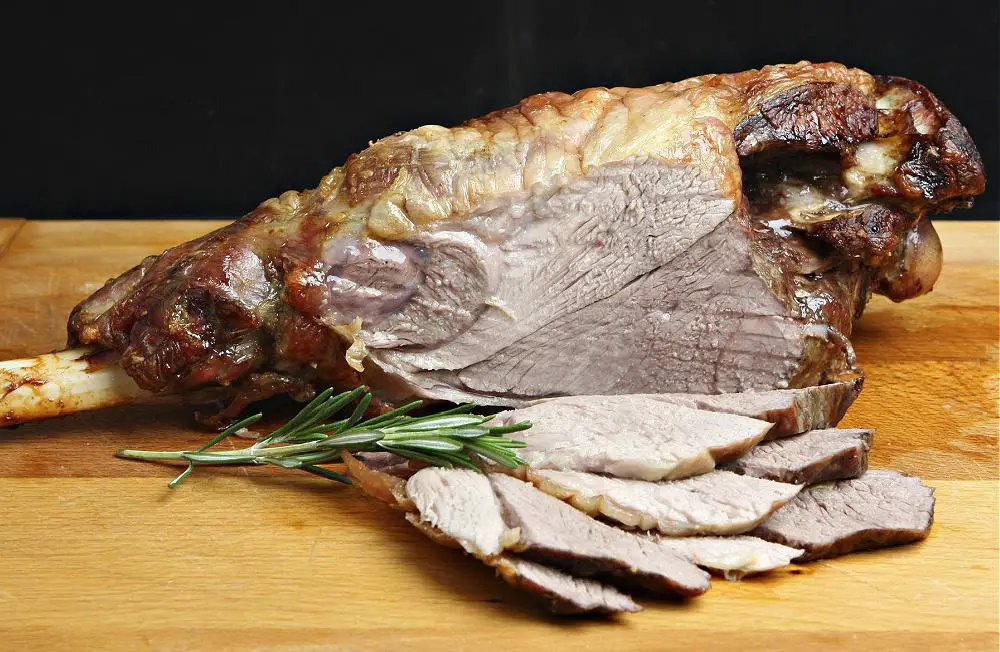
Lamb is a popular Easter dinner. The Jewish tradition of Passover takes place the week before Easter. Passover celebrates the time that the angel of death passed over and spared the firstborn sons in the houses smeared with lamb’s blood. Lamb is a popular dish during Passover. The lamb itself can represent Christ’s sacrifice. Christ died and was reborn on Easter day and has been called the Lamb of God. The lamb represents his death and rebirth in Christianity. In ancient Mediterranean cultures, a lamb symbolizes purity and new birth. It is one of the first animals to be born after the winter, so it could be eaten in the spring. Lambs were a part of many spring festivals in ancient cultures. Lambs were often used in sacrifices honoring the spring’s return and the return of the gods and goddesses after a long winter.
Easter Basket
Symbol of wealth, womb, and fertility.
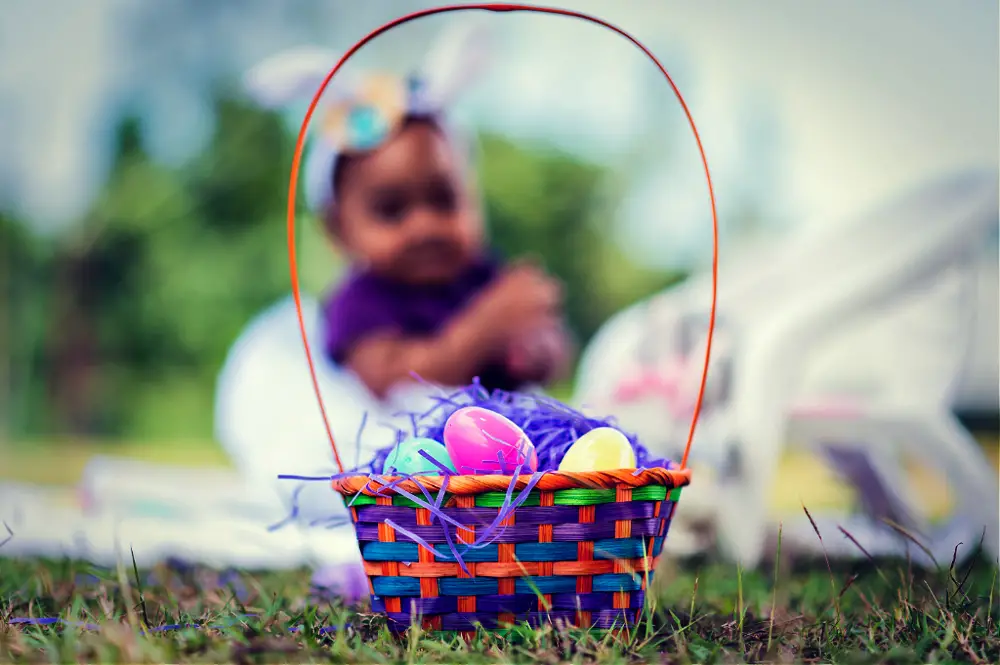
Easter baskets are given out to children on Easter Sunday. They are filled with candies and fun toys for the children to enjoy. The Easter bunny brings the baskets to the children. Easter baskets today symbolize wealth and abundance. The more wealthy you are, the bigger the Easter basket. Baskets were used when worshiping Ostara. Ancient Germanic tribes would put seedlings in the baskets in Spring and take them to the temple to be blessed by the goddess Ostara. Baskets symbolize the womb and Ostara carried a basket of eggs to encourage fertility. Baskets were also used in ancient civilizations to carry food to festivals. In ancient times, Medieval Catholics would bring baskets of food to church on Easter to be blessed.
Easter Bonnet
Symbol of wealth and power.
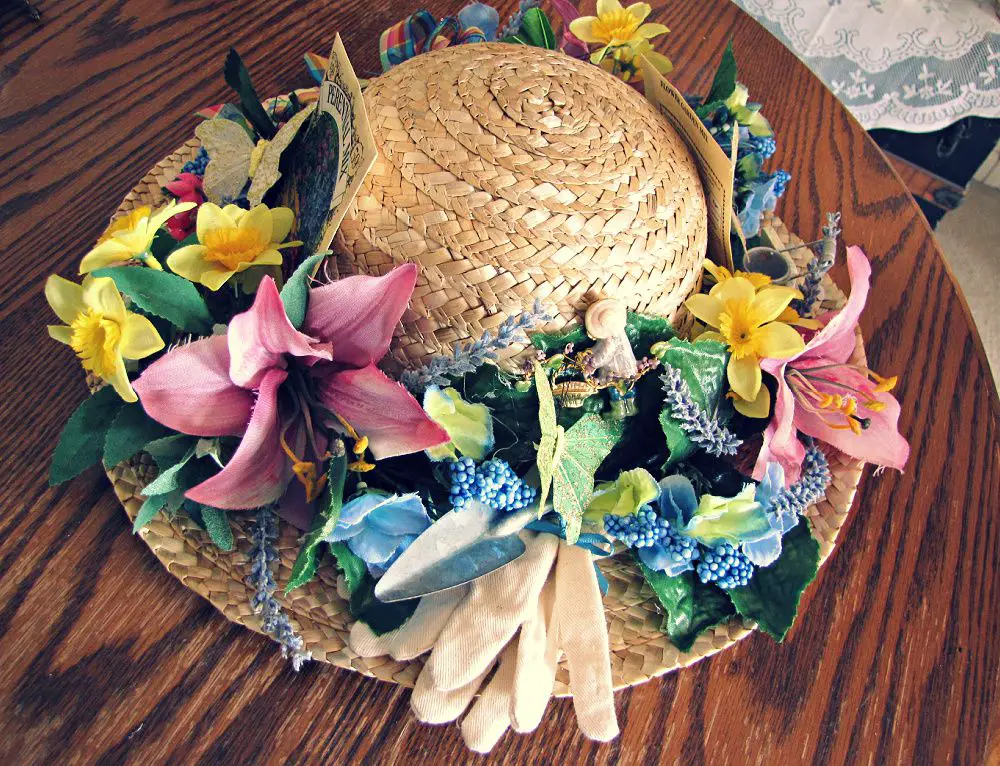
Easter bonnets are worn to church on Easter Sunday. They are usually bright and fancy with Easter decorations. These bonnets were first worn at the Easter Parade in New York. The parade happened during the Great Depression when people did not have money for new clothes. The people parading down the street had their best clothes on and new Easter bonnets. From ancient times, hats themselves have signified power. Pharaohs wore a headdress in ancient Egypt. The pope wears a large and distinguished miter. And kings and queens wear crowns that symbolize their power and might.
Easter Chicks
Symbol of rebirth, fertility, wealth, and goodness.
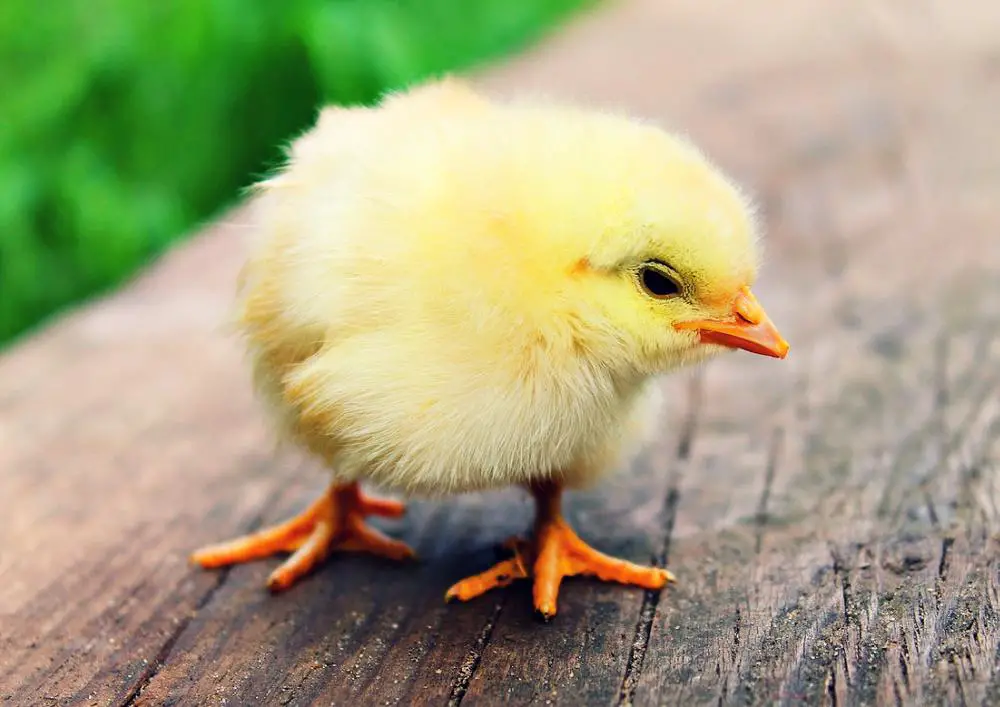
Easter chicks can be found as candy peeps or live chicks in a basket. Chicks are a symbol of fertility and rebirth as they are birthed from an egg. Chickens were rare in Ancient Greece and were not used in sacrifices. Instead, they were served at festivals and special occasions. In Rome, chickens were used to predict the good fortune. If the chicken ate her food greedily, it was a good sign.
Easter Bread
Symbol of the Holy Trinity, sacrifice, fertility, life, resurrection, and hope.
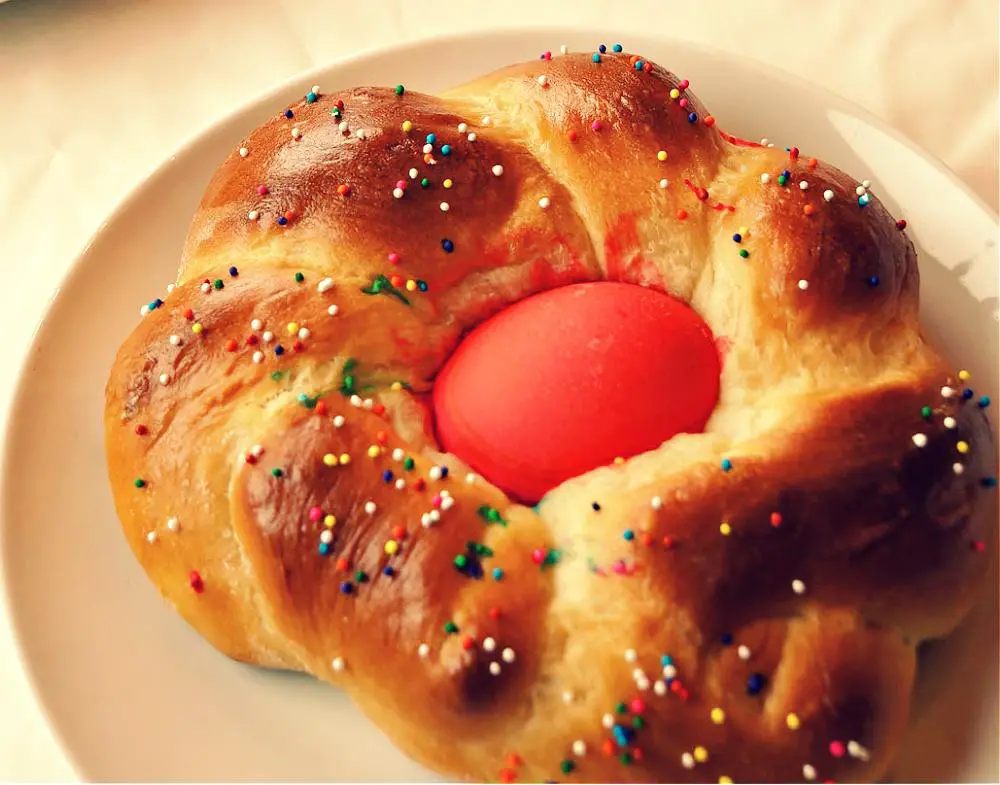
In some countries, people bake a special bread for Easter. In Greece, the bread is called tsoureki and it consists of sweetened dough and hard-boiled eggs dyed red. The bread is started a few days before Easter, as it is labor-intensive, and the rising of the dough represents Christ rising from his tomb. The dough is separated into three strands representing the Holy Trinity of the Father, the son, and the holy spirit. The strands are woven and the bread forms a wreath to represent the crown of thorns that Christ wore when he was crucified. The red eggs represent Christ’s blood. In ancient Greece, bread was a main part of the diet and was used in festivals and sacrifices. Different types of bread would be brought to the altar in baskets. The bread used in the festivals and sacrifices symbolized fertility and life. In Northern Italy, there is an Easter bread shaped in the form of a dove which symbolizes hope.
